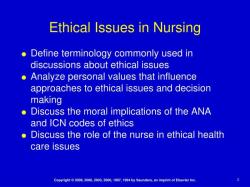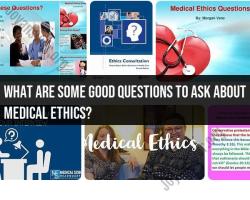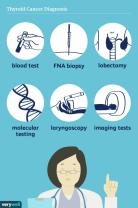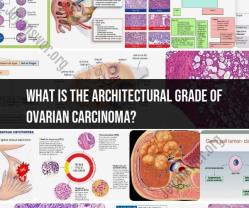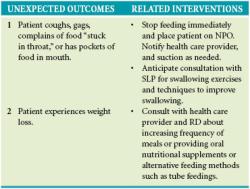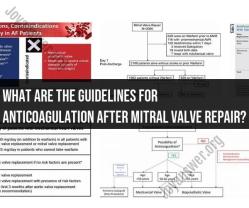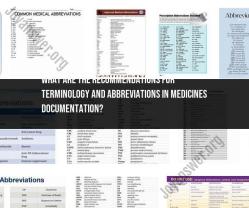What can cause thrombosis?
Thrombosis, the formation of blood clots within blood vessels, is a complex physiological process that can have serious health implications. This comprehensive guide delves into the various causes of thrombosis, shedding light on the risk factors that contribute to its occurrence and the importance of understanding these factors for preventive measures and effective medical management.
I. Thrombosis Overview
Thrombosis involves the formation of blood clots, or thrombi, that can obstruct blood flow and lead to a range of conditions, including deep vein thrombosis (DVT), pulmonary embolism (PE), and stroke.
II. Risk Factors for Thrombosis
A. Genetic Predisposition
- Inherited clotting disorders increase the risk of abnormal clot formation.
B. Age and Gender
- Advancing age is associated with increased risk, and certain conditions are more prevalent in specific age groups.- Women may be at higher risk due to hormonal fluctuations during pregnancy and oral contraceptive use.
C. Lifestyle Factors
- Sedentary behavior and obesity contribute to reduced blood circulation and increased clotting risk.- Smoking damages blood vessels and promotes clot formation.- High alcohol intake affects blood clotting factors.
D. Medical Conditions
- Cardiovascular diseases, including atrial fibrillation and heart failure, disrupt blood flow and increase clotting risk.- Cancer and its treatments can promote clot formation.- Inflammatory conditions like rheumatoid arthritis elevate clotting risk.
E. Surgical and Traumatic Factors
- Surgery, especially orthopedic and cancer-related procedures, can lead to immobility and clot formation.- Trauma or injury may damage blood vessels, triggering clotting responses.
F. Immobility and Prolonged Travel
- Extended periods of immobility, such as long flights or bed rest, hinder blood flow and increase clotting risk.
III. Venous vs. Arterial Thrombosis
Thrombosis can occur in veins or arteries, each with its own distinct risk factors and implications. Venous thrombosis typically affects deep veins and may lead to DVT and PE, while arterial thrombosis affects arteries and may result in heart attacks or strokes.
IV. Importance of Preventive Measures
Understanding the risk factors for thrombosis is crucial for implementing preventive strategies, such as lifestyle modifications, medication, compression stockings, and anticoagulant therapy.
By comprehending the multifaceted causes of thrombosis and the associated risk factors, individuals can take proactive steps to reduce their risk, improve overall health, and collaborate effectively with healthcare professionals to ensure timely diagnosis and appropriate management.



